
Parmi elles figure un nouveau type de gecko à queue en forme de feuille. Conrad Hoskin, de l’Université James-Cook, et une équipe de télévision du National Geographic ont été déposés par hélicoptère sur le plateau de Cape Melville, un relief fait de roches de granit empilées sur des centaines de mètres.
- An undated handout photo taken by Conrad Hoskin of James Cook University Queensland and released on October 28, 2013 shows a new leaftail gecko in the rugged Cape Melville mountain range, northeastern Australia’s Cape York Peninsula. An expedition to a remote part of northern Australia has uncovered three new vertebrate species isolated for millions of years, with scientists calling the area a « lost world ». Conrad Hoskin from James Cook University and a National Geographic film crew were dropped by helicopter onto the rugged Cape Melville mountain range on Cape York Peninsula earlier this year and were amazed at what they found. It included a bizarre looking leaf-tail gecko, a golden-coloured skink and a boulder-dwelling frog, none of them ever seen before. AFP PHOTO / CONRAD HOSKIN / JAMES COOK UNIVERSITY QUEENSLAND —-EDITORS NOTE —-RESTRICTED TO EDITORIAL USE MANDATORY CREDIT » AFP PHOTO / CONRAD HOSKIN/ JAMES COOK UNIVERSITY QUEENSLAND » NO MARKETING NO ADVERTISING CAMPAIGNS – DISTRIBUTED AS A SERVICE TO CLIENTS
- An undated handout photo taken by Conrad Hoskin of James Cook University Queensland and released on October 28, 2013 shows a new leaftail gecko in the rugged Cape Melville mountain range, northeastern Australia’s Cape York Peninsula. An expedition to a remote part of northern Australia has uncovered three new vertebrate species isolated for millions of years, with scientists calling the area a « lost world ». Conrad Hoskin from James Cook University and a National Geographic film crew were dropped by helicopter onto the rugged Cape Melville mountain range on Cape York Peninsula earlier this year and were amazed at what they found. It included a bizarre looking leaf-tail gecko, a golden-coloured skink and a boulder-dwelling frog, none of them ever seen before. AFP PHOTO / CONRAD HOSKIN / JAMES COOK UNIVERSITY QUEENSLAND —-EDITORS NOTE —-RESTRICTED TO EDITORIAL USE MANDATORY CREDIT » AFP PHOTO / CONRAD HOSKIN/ JAMES COOK UNIVERSITY QUEENSLAND » NO MARKETING NO ADVERTISING CAMPAIGNS – DISTRIBUTED AS A SERVICE TO CLIENTS
- epa03927603 A handout picture released by Conrad Hoskins of the James Cook University Australia on 28 October 2013, shows a newly discovered boulder-dwelling frog, one of three new vertibrate species discovered in the Cape Melville Range on the Cape York Peninsula in north-east Australia on 20 March 2013. EPA/Conrad Hoskins / James Cook Univ AUSTRALIA AND NEW ZEALAND OUT HANDOUT EDITORIAL USE ONLY
- An undated handout photo taken by Conrad Hoskin of James Cook University Queensland and released on October 28, 2013 shows a Saltuarius eximius in the rugged Cape Melville mountain range, northeastern Australia’s Cape York Peninsula. An expedition to a remote part of northern Australia has uncovered three new vertebrate species isolated for millions of years, with scientists calling the area a « lost world ». Conrad Hoskin from James Cook University and a National Geographic film crew were dropped by helicopter onto the rugged Cape Melville mountain range on Cape York Peninsula earlier this year and were amazed at what they found. It included a bizarre looking leaf-tail gecko, a golden-coloured skink and a boulder-dwelling frog, none of them ever seen before. AFP PHOTO / CONRAD HOSKIN / JAMES COOK UNIVERSITY QUEENSLAND —-EDITORS NOTE —-RESTRICTED TO EDITORIAL USE MANDATORY CREDIT » AFP PHOTO / CONRAD HOSKIN/ JAMES COOK UNIVERSITY QUEENSLAND » NO MARKETING NO ADVERTISING CAMPAIGNS – DISTRIBUTED AS A SERVICE TO CLIENTS
Des études avaient été conduites par le passé dans les champs de roches au pied du plateau, mais le plateau lui-même, sur lequel s’élève une canopée dense et humide, reste mal connu et difficile d’accès.
«Saltuarius eximius»
«Le haut de Cape Melville est un monde perdu. Y découvrir ces espèces est l’oeuvre d’une vie», s’est réjoui Conrad Hoskin. Il a ajouté à la classification des espèces vivantes un gecko longiforme pourvu d’une queue plate et d’une paire d’yeux globuleux.
Le petit reptile, endémique en Australie, a été baptisé «Saltuarius eximius» (ce qui signifie exceptionnel en latin). Il mesure une vingtaine de centimètres et serait un survivant de temps immémoriaux où la forêt tropicale couvrait une surface importante du socle australien.
D’aspect «primitif», il est biologiquement très différent de ses cousins et représente la septième sous-espèce de geckos australiens.
Lézards et grenouilles
Les scientifiques, dont les travaux ont été publiés dans la revue «Zootaxa», ont également identifié une nouvelle espèce de lézard à peau dorée qui peuple les sols mousseux de la forêt tropicale, et une grenouille qui se réfugie, à la saison sèche, dans le dédale de roches où les températures sont fraîches et l’air saturé d’humidité.
«Trouver trois nouveaux vertébrés serait déjà surprenant dans un pays relativement peu exploré comme la Nouvelle-Guinée, mais cela l’est plus encore en Australie, qui a été assez bien défrichée», a commenté Conrad Hoskin.
L’équipe devrait repartir à Cape Melville dans quelques mois pour tenter de recenser d’autres espèces inconnues parmi les populations d’escargots, d’araignées et peut-être aussi de petits mammifères.
«Les animaux de Cape Melville ont ceci d’incroyable qu’ils ont pu survivre des millions d’années dans le même habitat. C’est exceptionnel», a souligné Conrad Hoskin.
Source : 20 Minutes

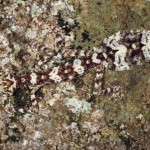








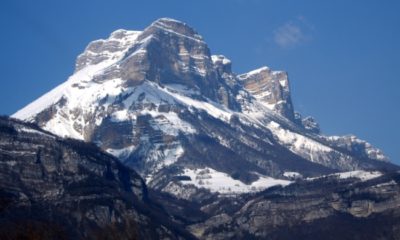

























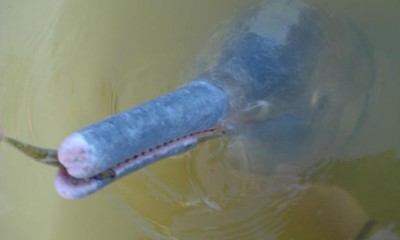





















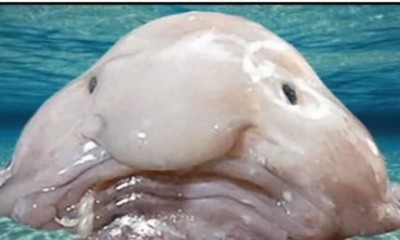







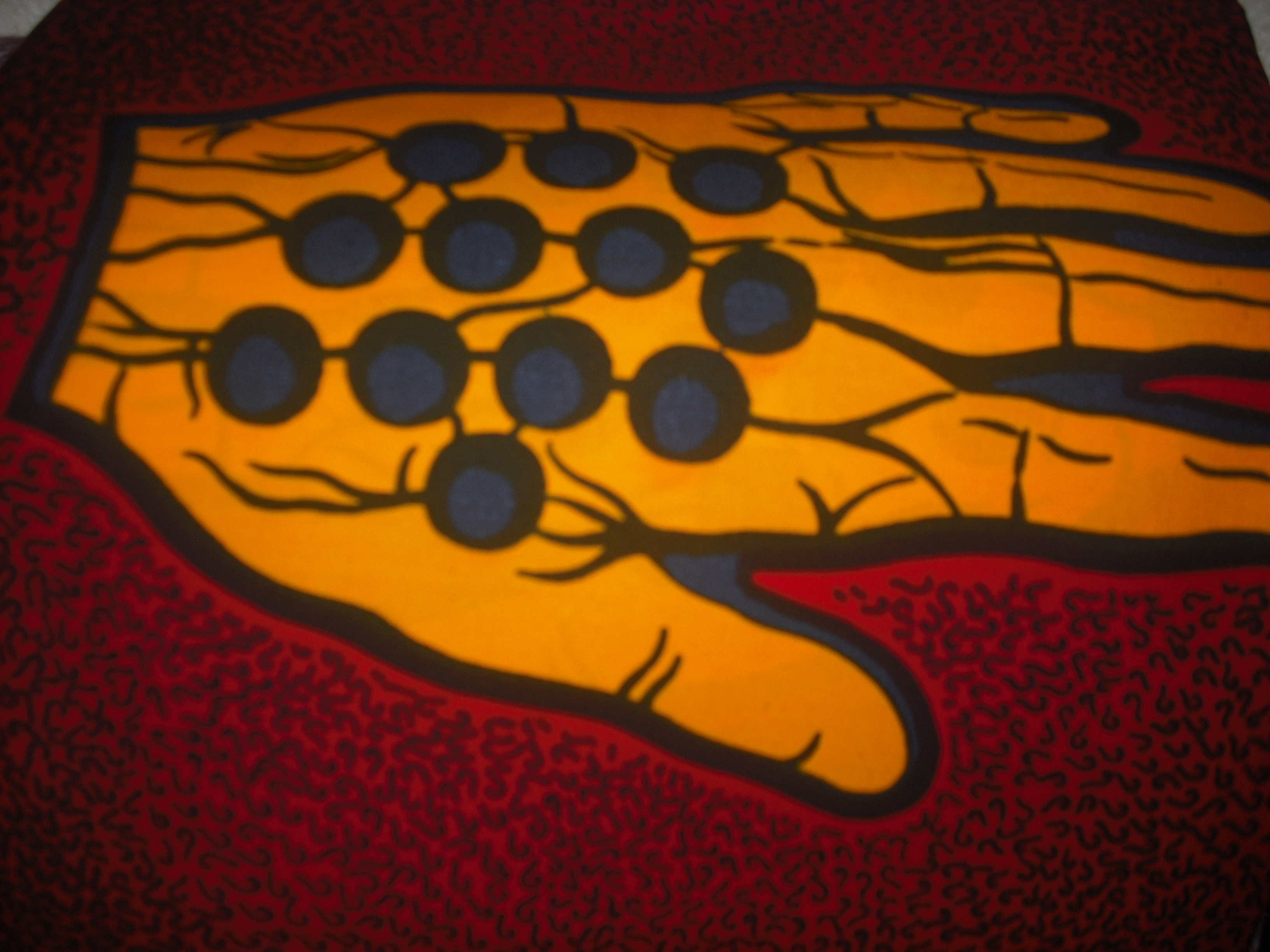
















Facebook
Twitter
Pinterest
Google+
RSS